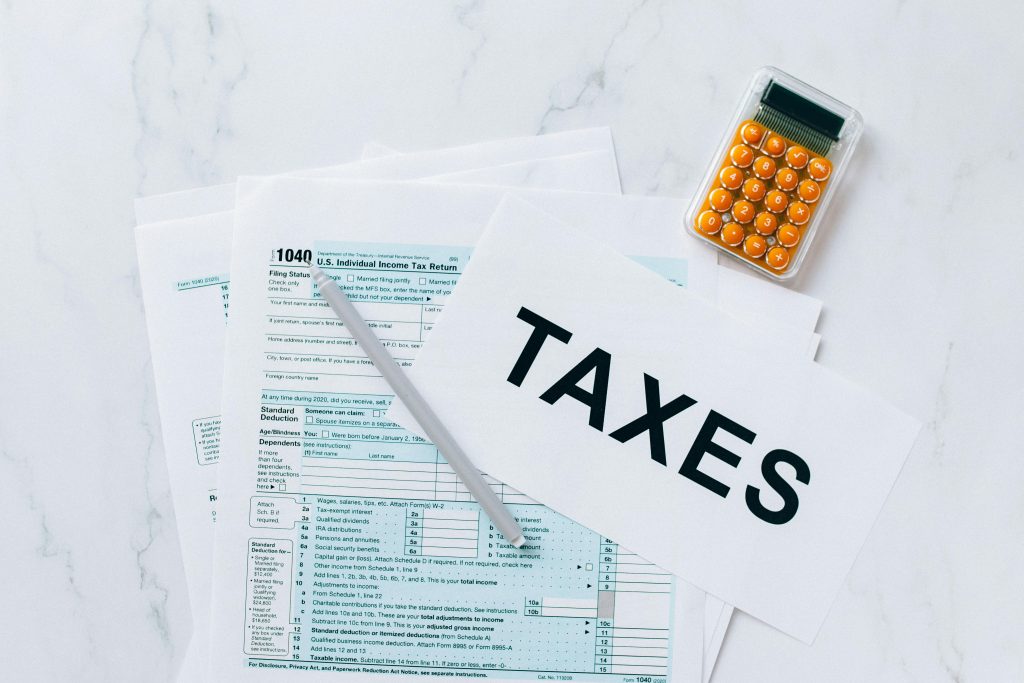In the ever-evolving landscape of the restaurant industry, understanding and responding to customer feedback is not just a strategy—it’s a necessity. Traditionally, restaurant customer feedback forms were the go-to method for gathering insights. It’s 2024, and technology has ushered in a new era with the rise of digital feedback methods. Let’s dive deep into these two feedback methods, exploring their advantages, drawbacks, and limitations, giving restaurant owners the tools they need to make informed choices aligned with their business objectives.
The Evolution of Feedback Methods in Restaurants
Imagine the days of paper-based feedback forms, now consider the transition to sophisticated digital feedback methods. Technological advancements, improved data management, and the desire for enhanced customer engagement have fueled this evolution. It’s not just about staying afloat; it’s about staying relevant in a digital age where speed and efficiency are paramount.
Advantages of Using Digital Feedback Methods
Digital feedback methods are like the superheroes of the feedback world, offering a plethora of advantages. Real-time data collection and analysis provide immediate insights, empowering restaurant owners to tackle issues head-on. Customization options let you tailor surveys to your audience, ensuring relevant feedback. The interactive and engaging user experience boosts response rates, and integration with POS and CRM systems ensures a smooth flow of data. Automated alerts and notifications? Yes, please! They facilitate timely responses, fostering a proactive approach to service improvement.
Benefits of Traditional Feedback Forms
Hold up, traditional feedback forms aren’t ready to retire just yet. For some customers, familiarity is key, especially for those who might not be tech-savvy. The tangible nature of paper forms creates a personal connection, making customers feel valued. And let’s not forget the cost-effectiveness – no need for extra software or hardware investment.
Drawbacks of Using Digital Feedback Methods
Our digital superheroes aren’t flawless. A reliance on technology can mean potential technical hiccups or downtime, disrupting the feedback collection process. Some customers might miss the personal touch of face-to-face interactions, and concerns about data security and customer anonymity can cast a shadow on trust.
Limitations of Traditional Feedback Forms
Traditional forms, while reliable, have their constraints. Manual data entry and analysis are time-consuming and error-prone, slowing down the agility needed for swift improvements. Real-time data? Not so much. And tracking individual customer feedback? That can feel like a maze.
In this tug-of-war between digital feedback methods and traditional forms, restaurant owners need to align their choices with their business goals. The benefits of digital feedback methods in real-time data, customization, and integration are undeniable. But hold on! The personal touch and cost-effectiveness of traditional forms should not be underestimated. Finding that sweet spot that suits your audience and business needs is the key.
We trust that this guide has armed you with valuable insights into the nuances of using digital feedback methods versus traditional forms in the restaurant industry. By tapping into the power of customer feedback, restaurant owners can elevate their operations, exceed customer expectations, and pave the way for enduring success. Cheers to happy customers and thriving restaurants!




